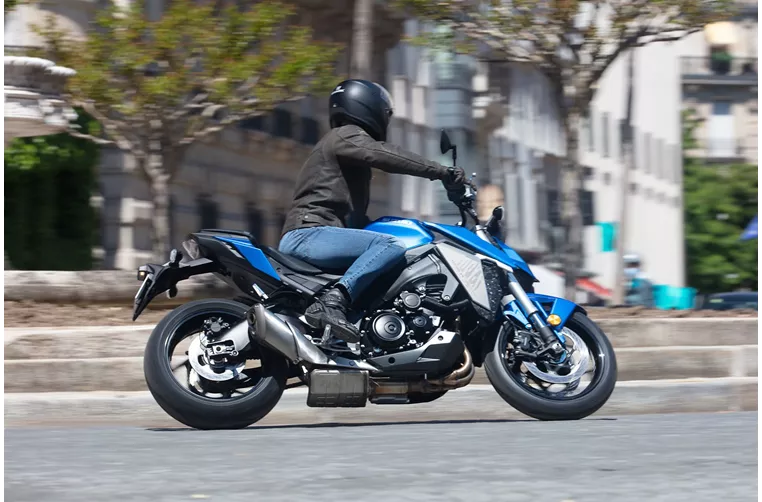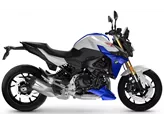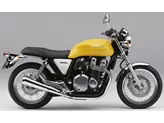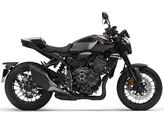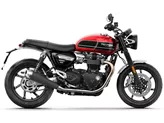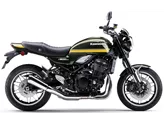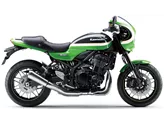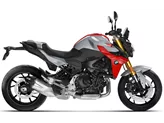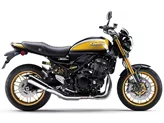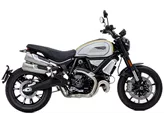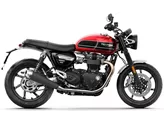Suzuki GSX-S950 2021 vs. Kawasaki Z900 RS 2018
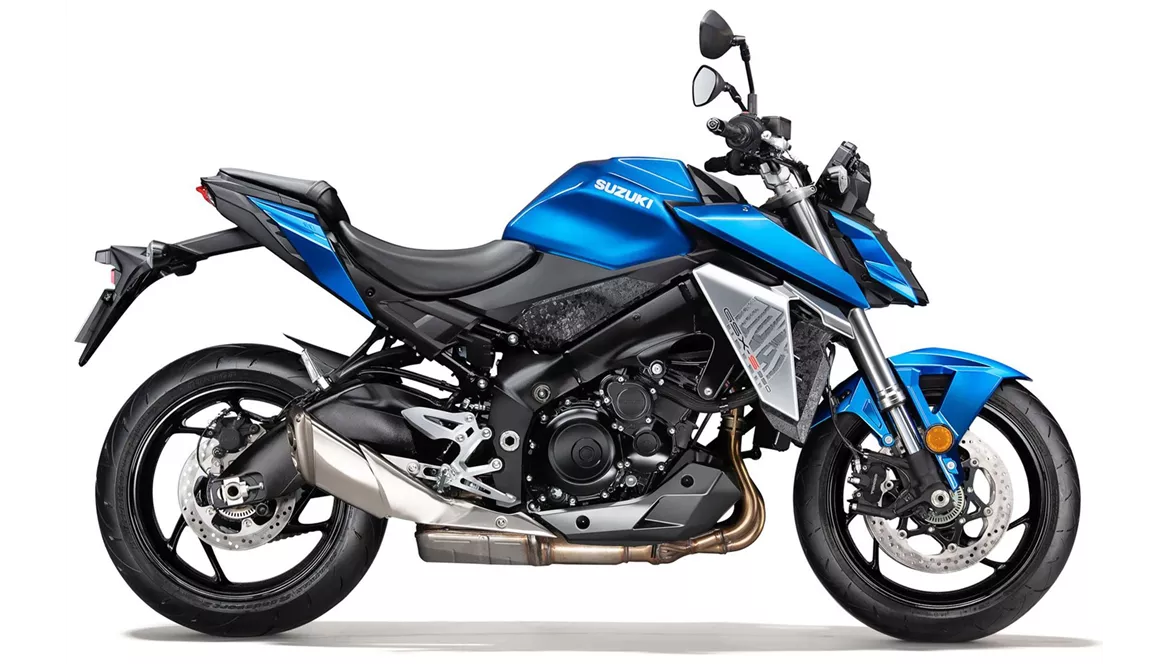
Suzuki GSX-S950 2021

Kawasaki Z900 RS 2018
Overview - Suzuki GSX-S950 2021 vs Kawasaki Z900 RS 2018
The Suzuki GSX-S950 2021 and the Kawasaki Z900 RS 2018 are both naked bikes with similar engine types, fuel systems, and cooling systems. However, there are several differences between the two models.
In terms of engine power, the Kawasaki Z900 RS 2018 has a higher horsepower rating of 111 HP compared to the Suzuki GSX-S950 2021's 95 HP. The Kawasaki also has a slightly higher torque rating of 98.6 Nm compared to the Suzuki's 92 Nm. This means that the Kawasaki may offer a more powerful and responsive ride.
Both bikes have four cylinders and utilize fuel injection systems. They also have similar suspension setups, with upside-down telescopic forks in the front and swing arms with monoshock absorbers in the rear. This should provide a comfortable and stable ride for both models.
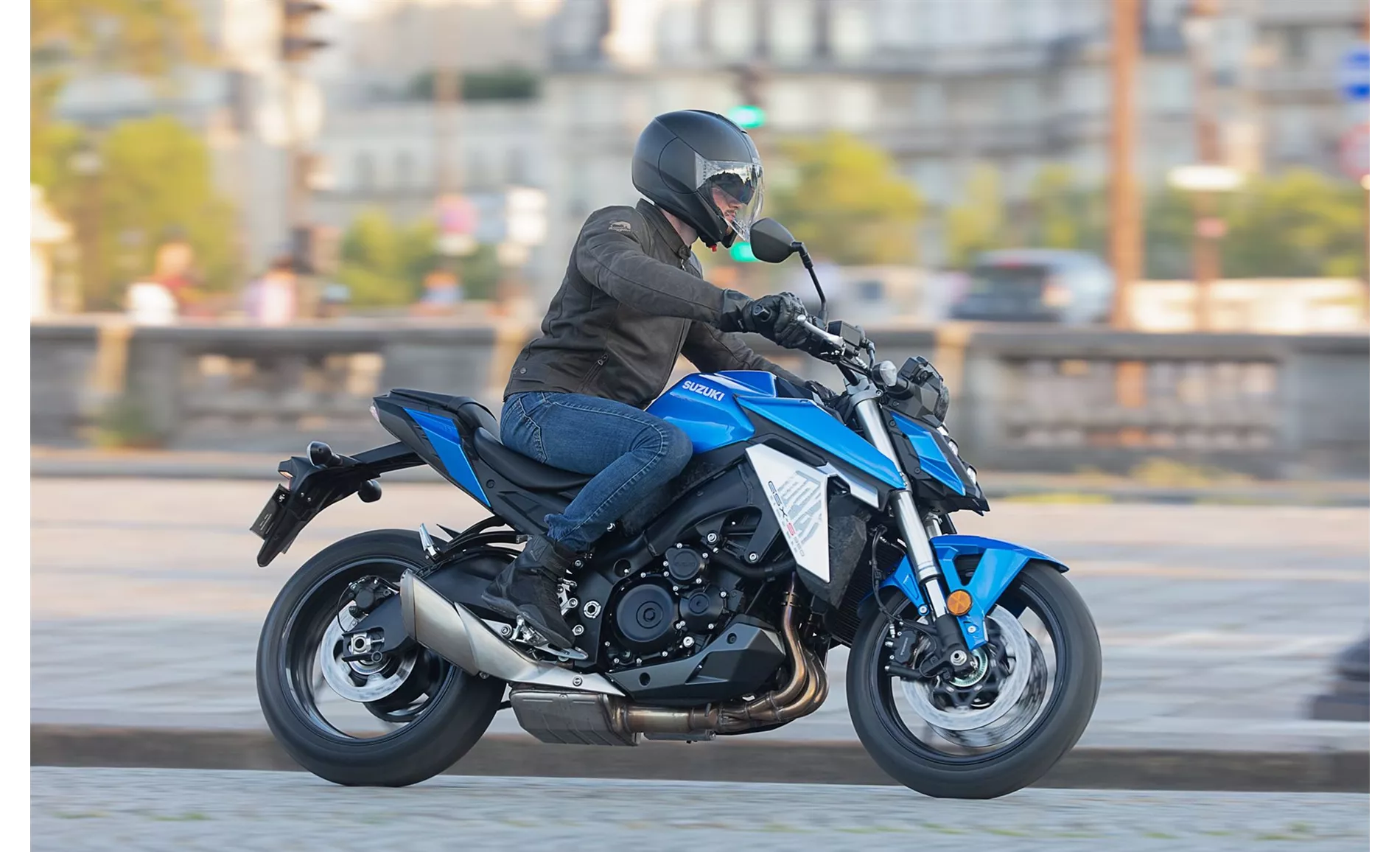
Suzuki GSX-S950 2021
In terms of chassis, the Suzuki GSX-S950 2021 features an aluminum frame with a twin tube design, while the Kawasaki Z900 RS 2018 has a steel frame with a tubular design. The choice of materials and frame design may affect the overall weight and handling characteristics of the bikes.
Both models have double disk brakes in the front with four-piston calipers, providing strong and reliable stopping power. However, the Suzuki has slightly larger front brake disks with a diameter of 310 mm compared to the Kawasaki's 300 mm. This may result in slightly better braking performance for the Suzuki.
In terms of advanced rider assistance systems, both bikes come equipped with ABS, ride by wire, and traction control. These features enhance safety and control while riding.
In terms of dimensions and weights, the Suzuki GSX-S950 2021 has a slightly narrower front tire width of 120 mm compared to the Kawasaki's 120 mm. The Suzuki also has a larger fuel tank capacity of 19 liters compared to the Kawasaki's 17 liters. However, the Kawasaki has a slightly longer wheelbase of 1470 mm compared to the Suzuki's 1460 mm. The seat height is also slightly higher on the Kawasaki at 835 mm compared to the Suzuki's 810 mm.

Kawasaki Z900 RS 2018
When it comes to strengths, the Suzuki GSX-S950 2021 offers an engine with plenty of power, a good sound, stable brakes, and a comfortable seating position. On the other hand, the Kawasaki Z900 RS 2018 boasts a powerful and smooth engine, good looks, a comfortable seating position, and balanced handling that is neither nervous nor ponderous.
In terms of weaknesses, the Suzuki GSX-S950 2021 has a chassis that is too soft and not adjustable, as well as a cockpit that may be difficult to read in sunlight. The Kawasaki Z900 RS 2018, on the other hand, lacks a shift assistant, is heavier than other retro bikes in its class, has a seat that may be too soft on long tours, and lacks wind protection.
Overall, both the Suzuki GSX-S950 2021 and the Kawasaki Z900 RS 2018 have their own strengths and weaknesses. The Suzuki may appeal to riders looking for a bike with punchy performance and a comfortable riding position, while the Kawasaki may be more attractive to those who prioritize a powerful engine, stylish design, and easy handling. Ultimately, the choice between the two will depend on the individual rider's preferences and priorities.
Technical Specifications Suzuki GSX-S950 2021 compared to Kawasaki Z900 RS 2018
Pros and Cons in comparison
Pros and Cons in comparison
Suzuki GSX-S950 2021

The "small" GSX-S950 is damn close to the GSX-S1000, which is why it seems as if the proud surcharge for the 1000 will have to be properly justified. However, anyone who wants it to be as sporty as on the GSX-S1000 will already fail due to the somewhat too soft, non-adjustable suspension. However, this more comfortable design of the 950 fits the character of the engine very well. With (only) 95 hp, the engine, which is identical to the GSX-S1000, is designed for torque from below and in the middle; there is little point in stubbornly wriggling out. So if you are looking for a comparatively comfortable naked bike that is suitable for A2 and that can hardly be distinguished visually from the top model, you can save a lot of money!
Kawasaki Z900 RS 2018

Its four-cylinder is silky smooth while delivering enough power to make you grin under your helmet. It is also very easy to move, which should make it a great commuter bike in everyday life and serve as an iconic fun bike at the weekend. The looks find the perfect straddle of classic design and modern details to form a coherent retro package that is also a worthy tribute to Kawasaki history. It's a great naked bike with a snazzy look.
Price Comparison Avarage Market Price Suzuki GSX-S950 vs Kawasaki Z900 RS
There are a few key differences between a Suzuki GSX-S950 2021 and a Kawasaki Z900 RS 2018. It takes less time to sell a Kawasaki Z900 RS with 154 days compared to 298 days for the Suzuki GSX-S950. Since model year 2021 1000PS.de editors have written 10 reviews for the Suzuki GSX-S950 and 26 reviews for the Kawasaki Z900 RS since model year 2018. The first review for the Suzuki GSX-S950 was published on 16/06/2021 and now has more than 37,200 views. This compares to more than 63,700 views for the first review on Kawasaki Z900 RS published on 06/09/2017.
